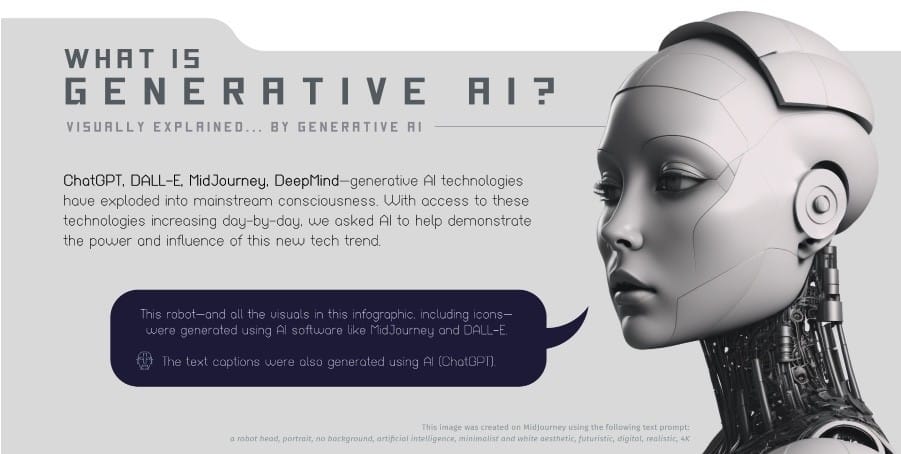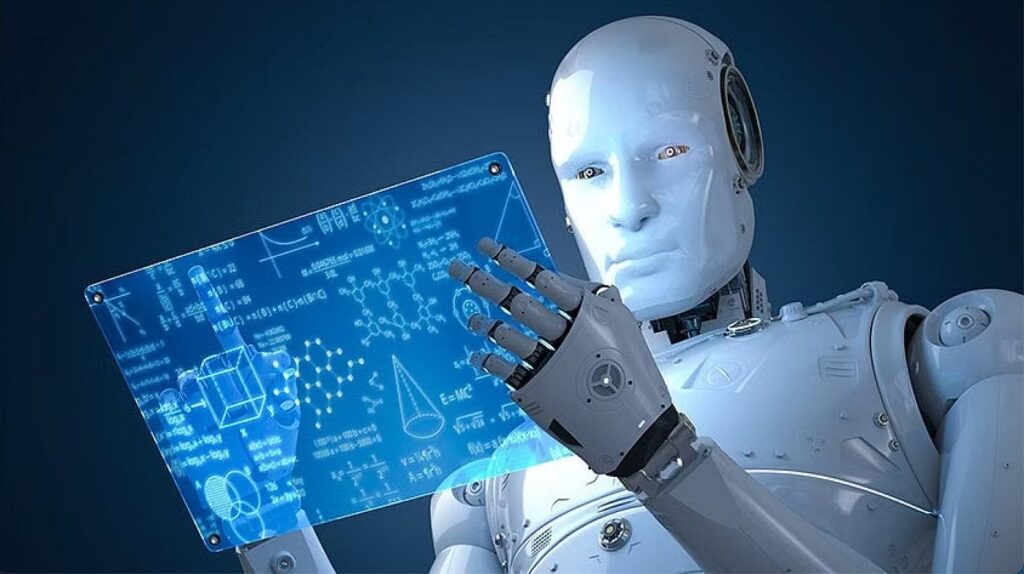Welcome, dear reader, to the world of Generative AI! Here, machines don’t just mimic human intelligence but create their own unique creations. Unlike traditional AI, which operates in a world of rules and fixed outputs, Generative AI thinks outside the box for clever resolutions to complex problems. So, what is Generative AI, and why is it different from usual AI? Let’s dive in!
Understanding Generative AI
First, let’s get some context. Artificial Intelligence is the umbrella term for machines that can accomplish chores that generally require human intelligence. This can include everything from playing chess to diagnosing diseases. However, traditional AI is limited to what it has been programmed to do. It operates on a set of predetermined rules, and its outputs are predictable. Enter Generative AI, where the rules are not set in stone, and creativity is encouraged.
Generative AI means creating new and unique outputs based on a given set of inputs. It uses deep learning techniques to train machines to recognize patterns and generate new ones. Think of it like a blank canvas – you give the machine a few strokes of the brush, and it creates a masterpiece. It’s not just limited to art, though. Generative AI can be utilized in a variety of domains, from language translation to music composition.
Difference between Generative AI and Traditional AI


One key difference between Generative AI and traditional AI is the level of flexibility. Traditional AI has a fixed set of rules, and any deviation from that can lead to errors. Generative AI, on the other hand, is designed to be adaptable. It can recognize patterns in data and generate new ones, even if the input data is incomplete or noisy. This makes it more robust and capable of handling real-world scenarios.
Generative AI also has the advantage of being able to generate new data. It can take a small dataset and generate new examples that are similar to the original. This is particularly helpful in scenarios where the data is scarce or expensive to collect. For example, Generative AI can be employed to generate synthetic images of medical conditions for training doctors or creating augmented reality applications.
Challenges of Generative AI


As with any technology, Generative AI has its challenges. Ethical issues such as bias and misuse are a concern. It’s important to ensure that the outputs generated by Generative AI are fair and unbiased. Additionally, Generative AI is computationally expensive and requires a lot of resources to train. It’s not something that can be done on a standard laptop – you need a powerful machine and a lot of data to get the best results.
So, what does the future hold for Generative AI? We can anticipate seeing more and more applications of Generative AI in various fields. As technology advances, we may even see machines that can create completely new ideas and concepts. The possibilities are endless!
Generative AI is a powerful tool that allows machines to create new and innovative outputs. It’s different from traditional AI in that it’s more flexible and adaptable. While there are certainly issues to overcome, the potential applications of Generative AI are exciting. Who knows what kind of unique creations we’ll see in the future? Let’s embrace the possibilities of Generative AI and see where it takes us!




